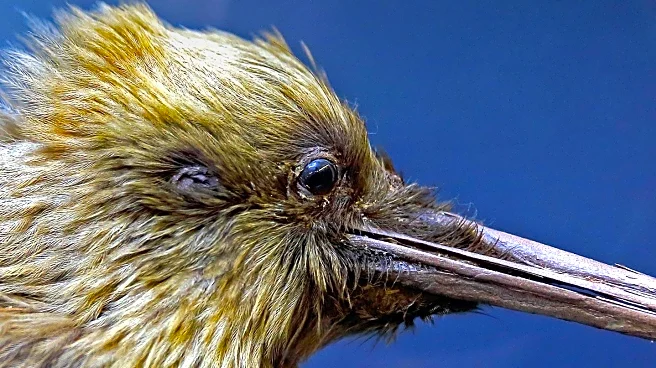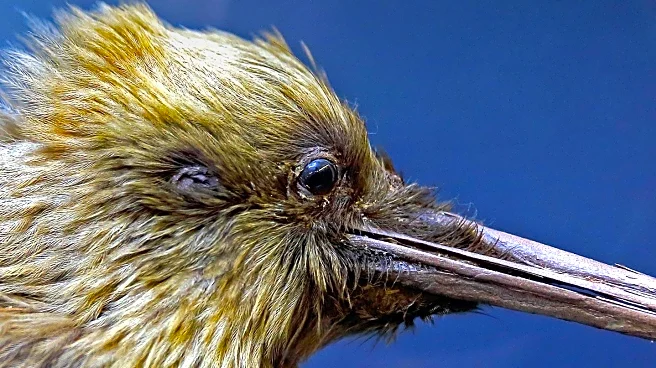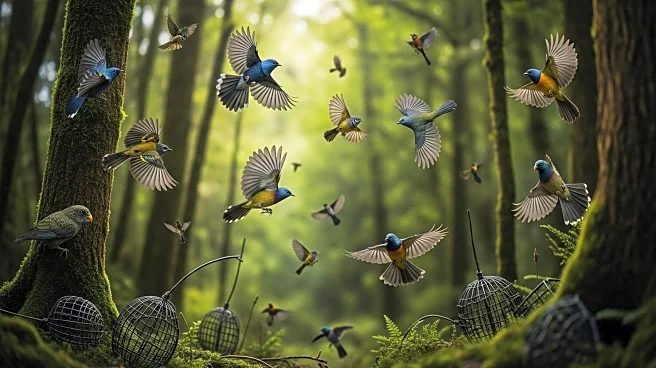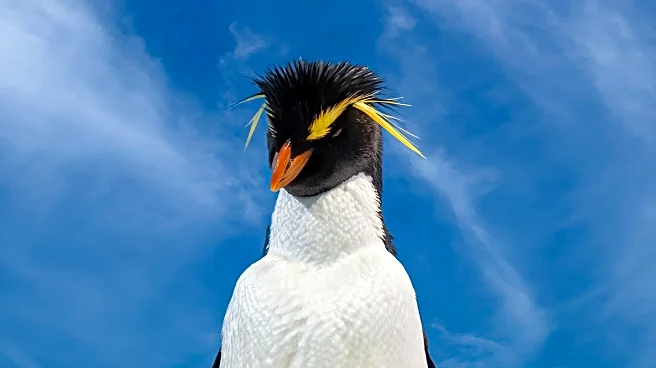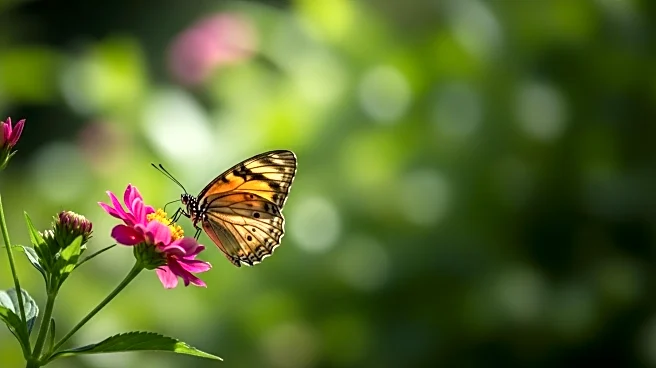What's Happening?
New Zealand is undertaking a significant conservation project aimed at eradicating invasive species by 2050 to protect its native bird population. The initiative involves community participation, with volunteers setting traps in their backyards to capture invasive animals such as rats and brushtail possums. These species, introduced by human settlers, have contributed to the extinction of 62 native bird species and threaten over 80% of the remaining ones. The project is considered one of the most ambitious conservation efforts globally, requiring the removal of millions of invasive animals from both private and public lands.
Why It's Important?
The eradication of invasive species in New Zealand is crucial for preserving its unique biodiversity, particularly its rare bird species like the kiwi. The success of this initiative could serve as a model for other countries facing similar ecological challenges. It highlights the importance of community involvement in conservation efforts, demonstrating how local actions can contribute to global environmental goals. The project also addresses ethical considerations in conservation, balancing the need to protect native wildlife with humane methods of controlling invasive species.
What's Next?
The next steps involve continued community engagement and the development of new technologies to efficiently capture invasive species. Scientists are exploring genetic modification techniques to prevent reproduction of these species, though such measures would require extensive public discussion. The long-term goal is to suppress invasive species numbers, even if complete eradication is not feasible, to give native wildlife a better chance of survival.
Beyond the Headlines
The project raises ethical questions about the methods used to control invasive species and the role of human intervention in natural ecosystems. It also reflects broader cultural and historical dynamics, as many invasive species were introduced during colonial times. The initiative underscores the importance of integrating social change with biological conservation efforts.

